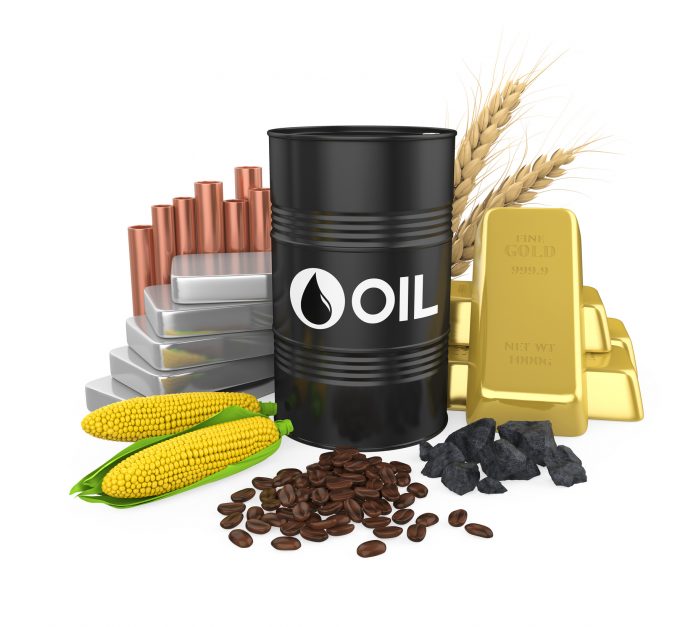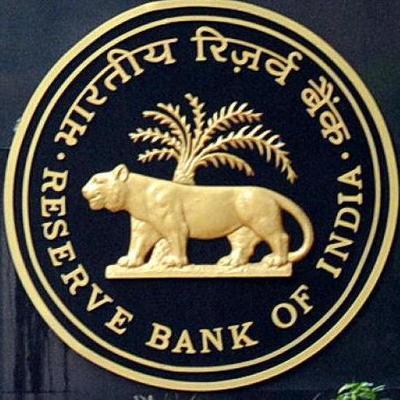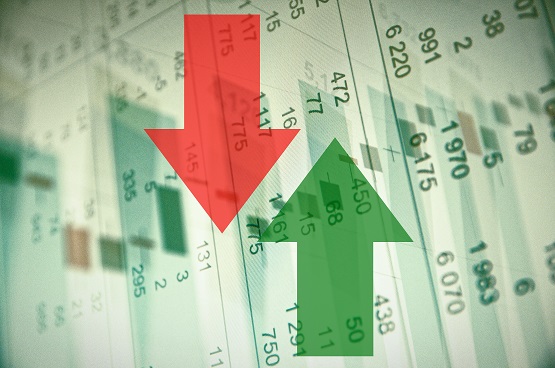The erratic and inconsistent trade policies of US President Donald Trump are challenging the global commodity market making prices largely volatile. The recent US tariffs on countries like Canada, Mexico, and China have raised concerns over a global trade war, as Canada and China have already imposed retaliatory tariffs on U.S. products.
Bullion was the asset that benefited most due to the tariff war. Gold in the key London spot market hovering above the psychological level of $3000 an ounce, gaining more than 15 percent so far this year. Similarly, Indian gold prices also gained considerably with the MCX futures prices trading at a lifetime high of Rs 88,800 per ten grams last week.
As a traditional safe haven during periods of economic instability, the recent threat of trade war heightened concerns about inflation and economic growth across the globe boosted the demand for gold. Additionally, domestic gold was further boosted due to prevailing high demand and weak Indian Rupee.
The price performance of silver was also not different. It has gained over 17 percent this year in the overseas market with domestic prices hovering above one lakh rupees per kg in the last week.
In addition to bullion, base metals prices also rose considerably. Trade wars, particularly those involving tariffs, can significantly impact industrial metal prices by creating uncertainty, potentially slowing global economic growth, and disrupting supply chains, leading to both short-term volatility and long-term shifts in demand and price.
Copper and aluminium prices have recently surged to new highs, reaching a ten-month and 3-year highs respectively. This surge was driven by increased demand from China and a weaker US dollar, with expectations of further gains due to potential U.S. tariffs and a mine supply shortfall.
Copper’s ability to serve as an indicator of economic health has been disrupted by Trump’s changing tariff policies and the global trade war. Copper prices in domestic futures rose about 15 percent this year and increased more than 23 percent in the last 12-month period. A similar price performance was witnessed in its benchmark overseas markets as well.
Aluminium was the top gainer in the base metal segment. It jumped to Rs 268 a kg in the futures platform gaining over 27 percent in 2025 . In the last one-year period, it gained over 31 percent due to positive fundamentals like increased demand from China and worries over supply bottlenecks.
Zinc and Lead prices were also traded in the positive territory, but gains were limited in both domestic and overseas markets.
However, the trade war has had little effect on crude oil prices. Oil was the only commodity which negatively traded in the first quarter of this year. The most traded U.S. WTI futures edged lower 8 percent this year while the domestic prices eased 7 percent. This was due to expectations that a weak global economy may lead to decline in energy demand and a balanced global supply.
Natural gas prices remained steady, posting moderate gains. The commodity is gaining traction primarily due to a combination of factors, including increased demand for heating and expectations of reduced supply.
Looking ahead, commodity prices are expected to remain volatile primarily due to concerns over demand. Easing tensions in the Middle East and a ceasefire between Russia and Ukraine may have a positive impact on the global economy but the uncertain trade policies of Trump administration may harm economic growth worldwide.
First published in Economic Times









